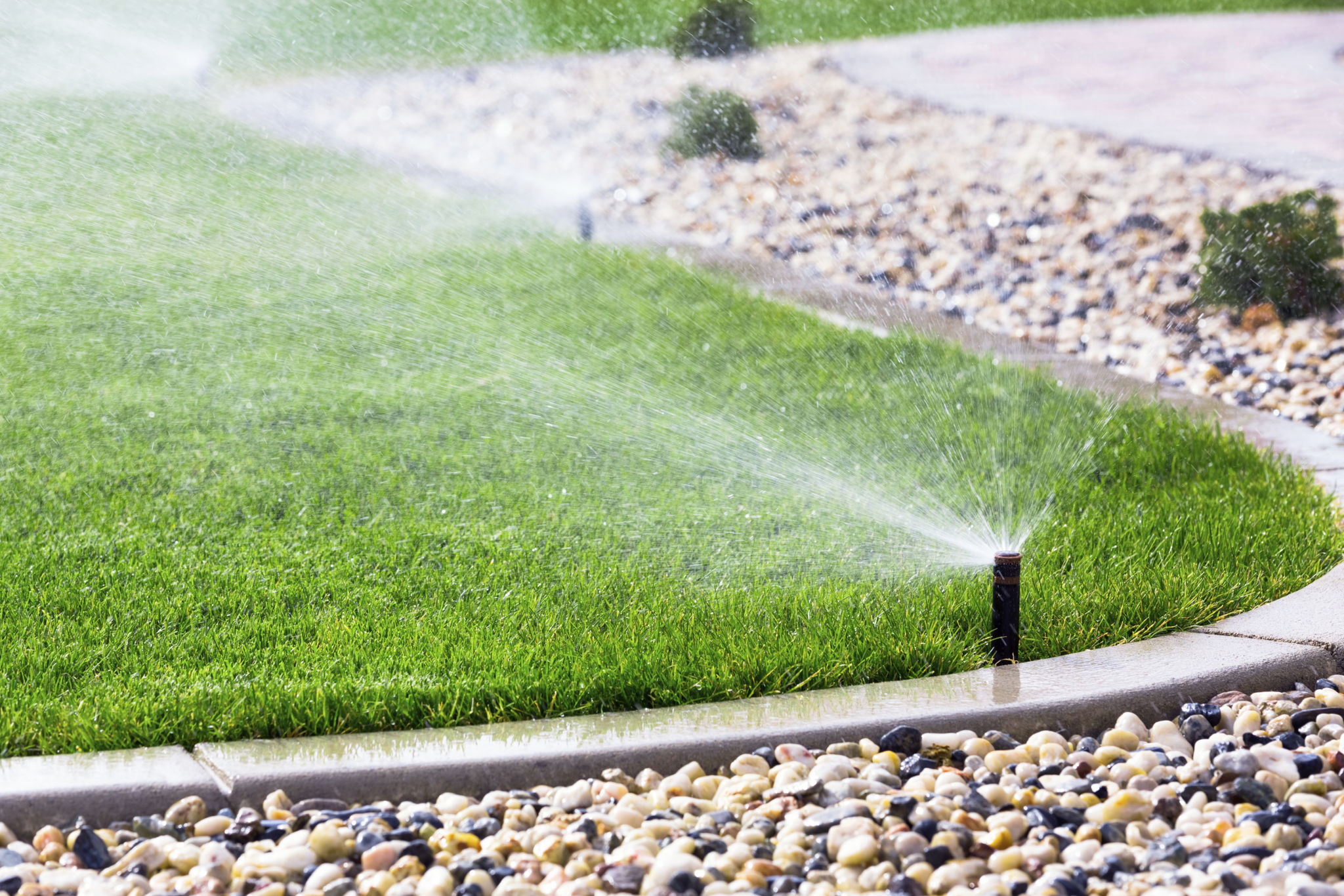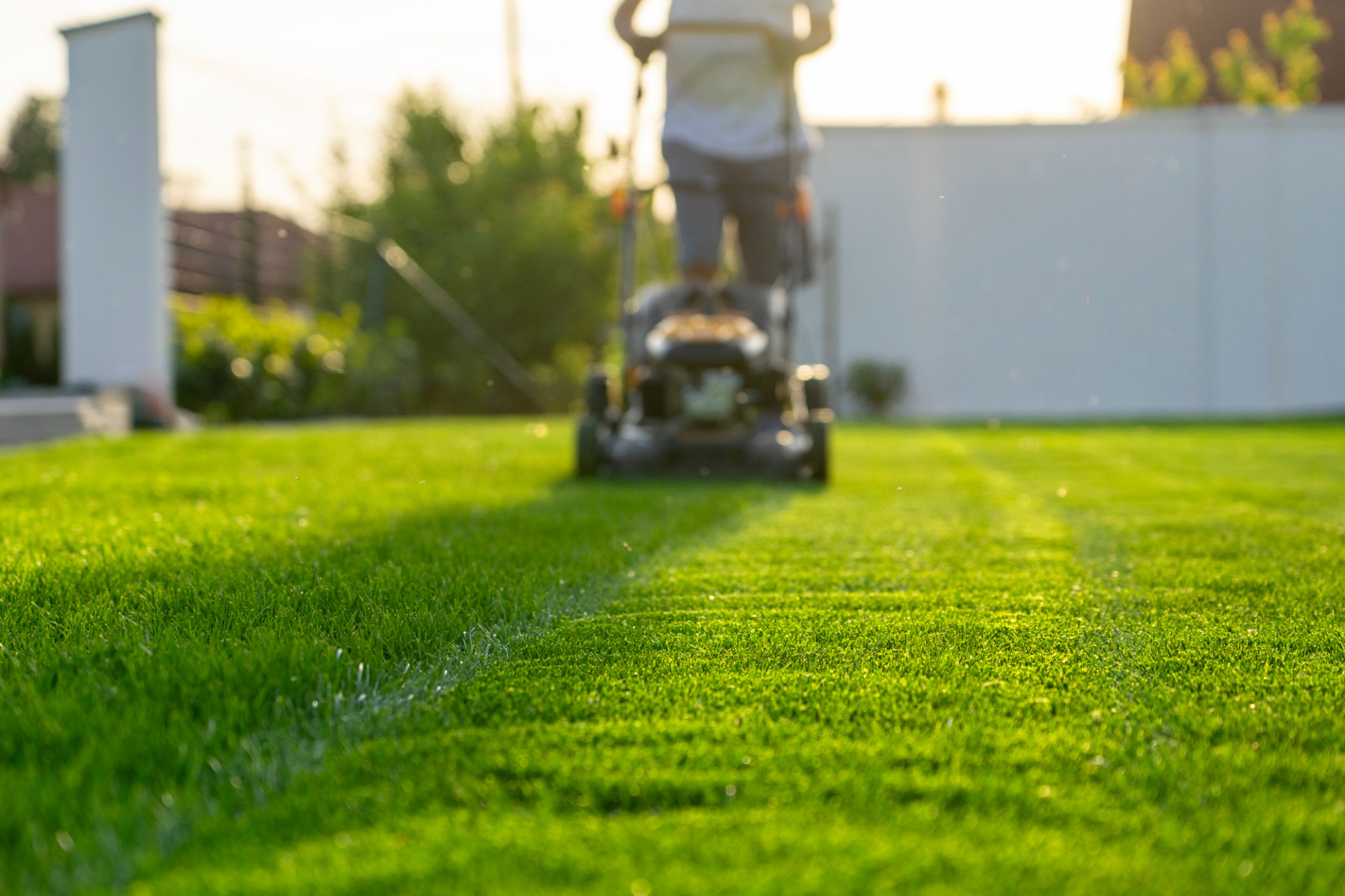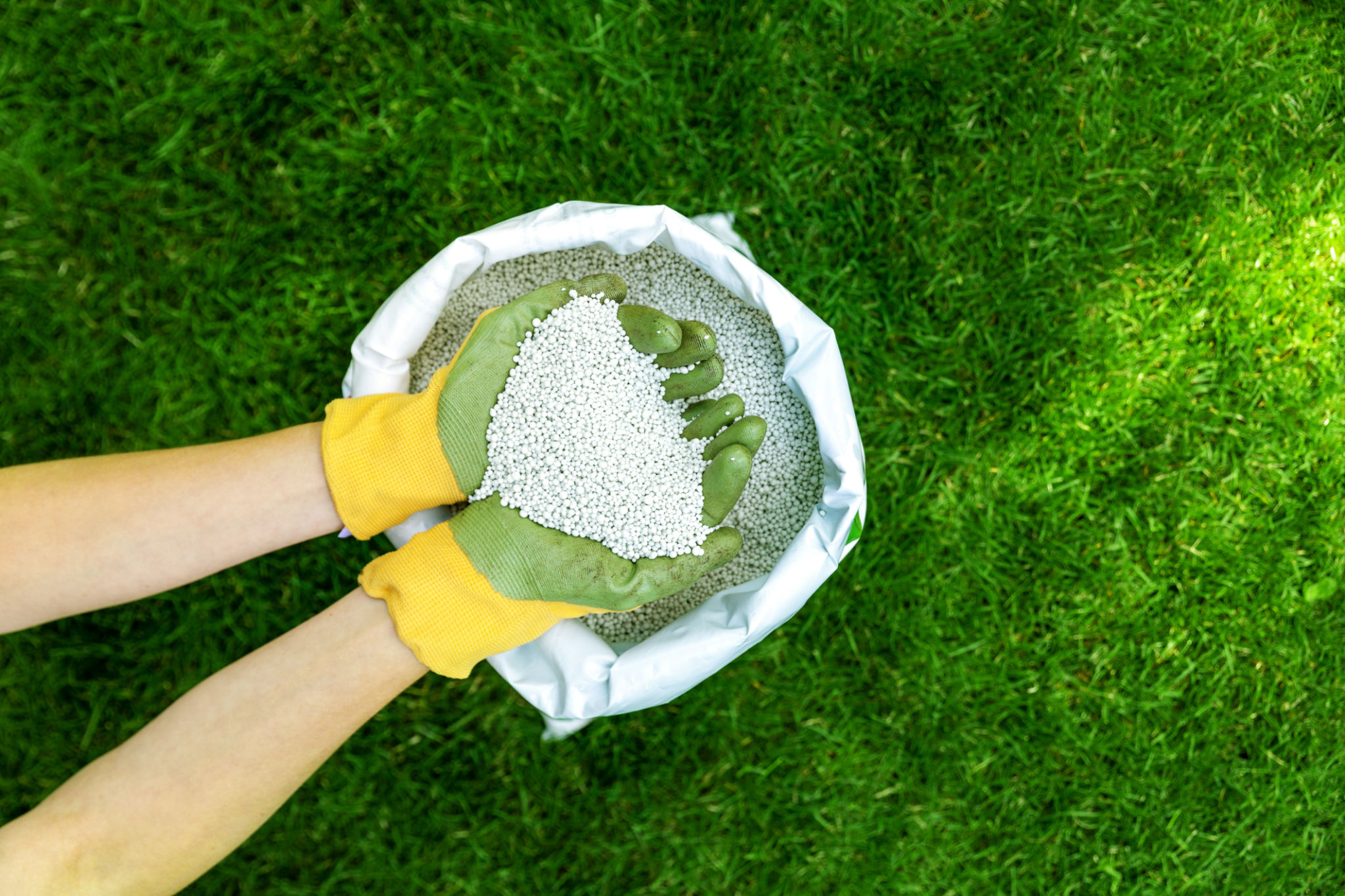Common Lawn Care Myths Debunked: Insights from Midwest Grounds Co.
Maintaining a lush, healthy lawn can be a challenging task, especially when surrounded by a sea of misinformation. At Midwest Grounds Co., we aim to clear up some of the most common lawn care myths that might be hindering your efforts. By understanding the facts, you can ensure your lawn remains green and vibrant throughout the seasons.
Myth 1: You Must Water Your Lawn Every Day
One of the most pervasive myths is that daily watering is necessary for a healthy lawn. In reality, overwatering can damage grass roots and promote fungal diseases. Instead, aim for deep, infrequent watering sessions. This allows roots to grow deeper into the soil, making your lawn more drought-resistant.

For most lawns, about 1 to 1.5 inches of water per week, including rainfall, is sufficient. Adjust your watering schedule based on the weather and your lawn's specific needs to maintain optimal health.
Myth 2: Shorter Grass Means Less Mowing
While it might seem logical to cut your grass short to reduce mowing frequency, this practice can actually harm your lawn. Grass that is cut too short, also known as "scalping," can become susceptible to stress and weeds. It also exposes the soil to sunlight, potentially drying it out.
Instead, mow regularly at the right height for your grass type. Most grasses benefit from being kept at about 2.5 to 3 inches tall, which helps shade the soil and retain moisture.

Myth 3: Spring Is the Best Time to Fertilize
Many homeowners believe that spring is the ideal time for fertilization, but fall is actually more advantageous for most lawns. Fertilizing in the fall helps grass recover from summer stress and store nutrients for the winter. This results in a stronger, greener lawn come spring.
Consider using a slow-release fertilizer in the fall to gradually feed your lawn throughout the colder months. This strategy ensures steady growth and prepares your lawn for the upcoming growing season.

Myth 4: All Weeds Are Bad
While it's true that some weeds compete with grass for resources, not all weeds are harmful. In fact, some can even indicate soil health or deficiencies. For example, clover can fix nitrogen in the soil, benefiting grass growth.
- Clover: Indicates low nitrogen levels.
- Dandelions: Suggests compacted soil.
- Chickweed: Thrives in overly moist conditions.
Understanding the types of weeds in your lawn can help you address underlying issues rather than just treating symptoms.
Myth 5: Newly Seeded Lawns Need Tons of Fertilizer
It's a common misconception that new lawns require heavy fertilization. However, too much fertilizer can burn young grass and inhibit growth. It's essential to follow recommended guidelines and use fertilizers formulated specifically for new lawns.
Focus on proper soil preparation before seeding and use a starter fertilizer to promote healthy root development without overwhelming young plants.
By debunking these common myths, Midwest Grounds Co. hopes to empower you with accurate information for effective lawn care practices. With the right approach, you can achieve a stunning lawn that enhances your property's beauty and value.
